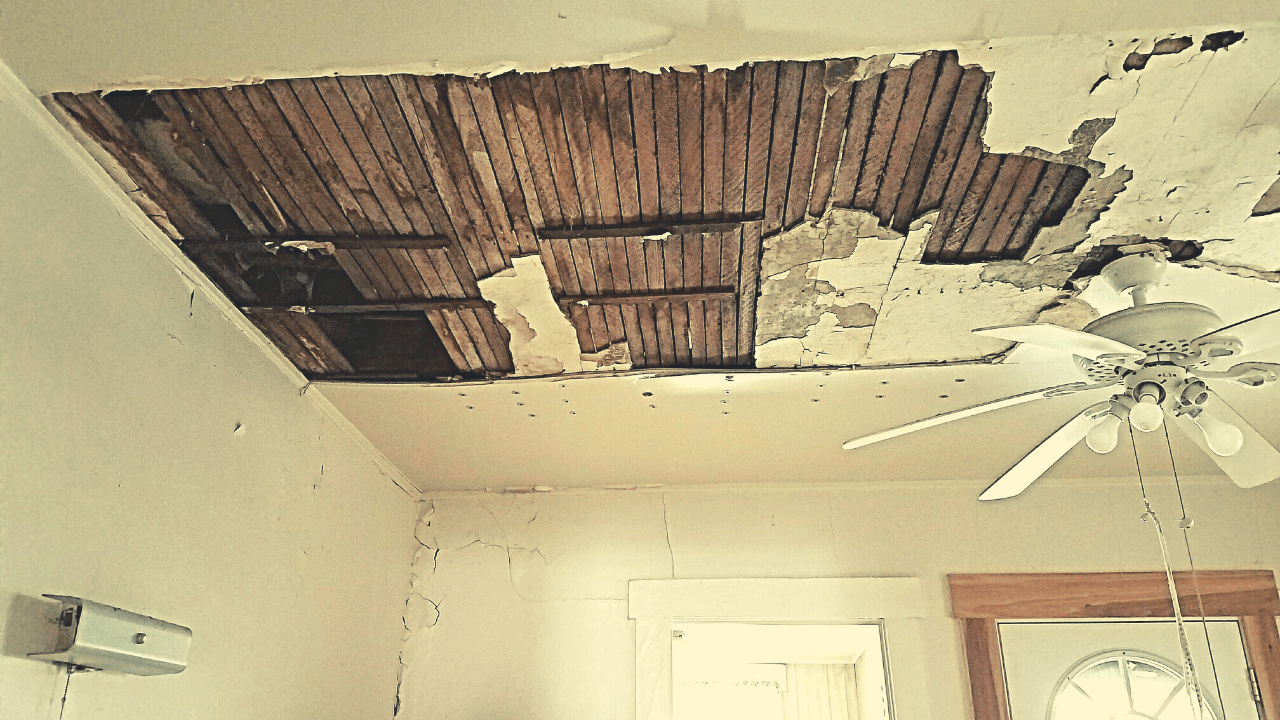Dealing with your departing tenant’s security deposit can be a source of anxiety, especially when you consider the legal penalties in place for landlords who make a mistake with that deposit. You have to return it within 21 days of the tenant moving out and you have to include an itemized list of what was deducted. Don’t forget to offer tenants a pre-move out inspection before they leave.
If there’s going to be a dispute over the security deposit, it’s likely going to be around the issue of wear and tear versus damage.
According to California law, San Diego tenants are responsible for any damage that goes beyond wear and tear. Normal deterioration is the landlord’s responsibility.
How do you know the difference?
RentSimpli is a full-service San Diego property management company specializing in single family homes, townhouses, condos, mobile homes, small commercial buildings and small apartments. We can help you identify wear and tear and show you how it differs from tenant damage.
San Diego Property Management
There are a number of very good reasons to work with a team of professional property managers, and one of the best reasons is to protect yourself from legal issues, tenant conflicts, and expensive mistakes.
After your tenant moves out, you’ll do a thorough inspection of the property. You’ll schedule vendors to take care of maintenance, painting, cleaning, and other services. You’ll prepare to market the home for new tenants. You’ll need to do all of your security deposit accounting.
Successful San Diego property managers have systems in place to quickly evaluate the property, address the security deposit, and re-rent the home.
You won’t have to worry about trying to establish whether the holes in your walls and the damage to your kitchen floors are wear and tear or damage.
Wear and Tear in San Diego Rental Homes
Wear and tear is the general deterioration that happens to a property regardless of who is living there. The scuff marks on the wall where furniture was resting and the worn carpet in high traffic areas are going to happen. They’re expected.
Additional examples of normal wear and tear might include:
- Small nail holes in the walls from where pictures were hung.
- Loose grout between tiles, especially in the bathrooms.
- Faded paint.
- Blinds that may have faded from sunlight.
- Scuffs or dents in walls behind doors (from door handles).
- Minor carpet staining or discoloring.
- Slight scrapes or marks on a hard floor.
- Finishes wearing away, staining, or rusting.
These are not things you would normally charge for when a tenant moves out and you’re preparing the property for a new resident. This inevitable physical decline occurs during the course of a tenant’s occupancy.
Property Damage in San Diego Rental Homes
Property damage, on the other hand, is something that harms the value, usefulness, or normal functioning of your rental property and its systems. Usually, it’s unintentional. Damage is the tenant’s responsibility, but the tenant likely did not set out to damage your home. It’s the result of abuse and neglect, not ordinary use.
Examples of property damage may include:
- Large holes in the walls or floors.
- Changes to the property, such as different paint colors that were not pre-approved.
- Tears, stains, or holes in carpet.
- Water stains on wood floors.
- Broken appliances, doors, or windows due to abuse.
- Missing or cracked bathroom tiles and mirrors.
- Writing on walls, floors, and surfaces.
- Yards or gardens that have been destroyed due to animals, cars parked on them, or excessive trash.
When you’re withholding money from the security deposit to pay for these things, document the amount you’re spending and why. You’ll need to provide an itemized list to your tenant that explains why they aren’t getting the full deposit back – or any deposit at all.
If you’d like some help avoiding security deposit disputes, please don’t hesitate to contact us at RentSimpli. We’d be happy to provide additional advice that’s specific to your rental home.
 RentSimpli is a full-service property management company serving landlords, investors and property owners in San Diego & Riverside Counties, including La Mesa, El Cajon, Chula Vista, Santee, Rancho Bernardo, Escondido, Fallbrook, Temecula, and Murrieta.
RentSimpli is a full-service property management company serving landlords, investors and property owners in San Diego & Riverside Counties, including La Mesa, El Cajon, Chula Vista, Santee, Rancho Bernardo, Escondido, Fallbrook, Temecula, and Murrieta.
